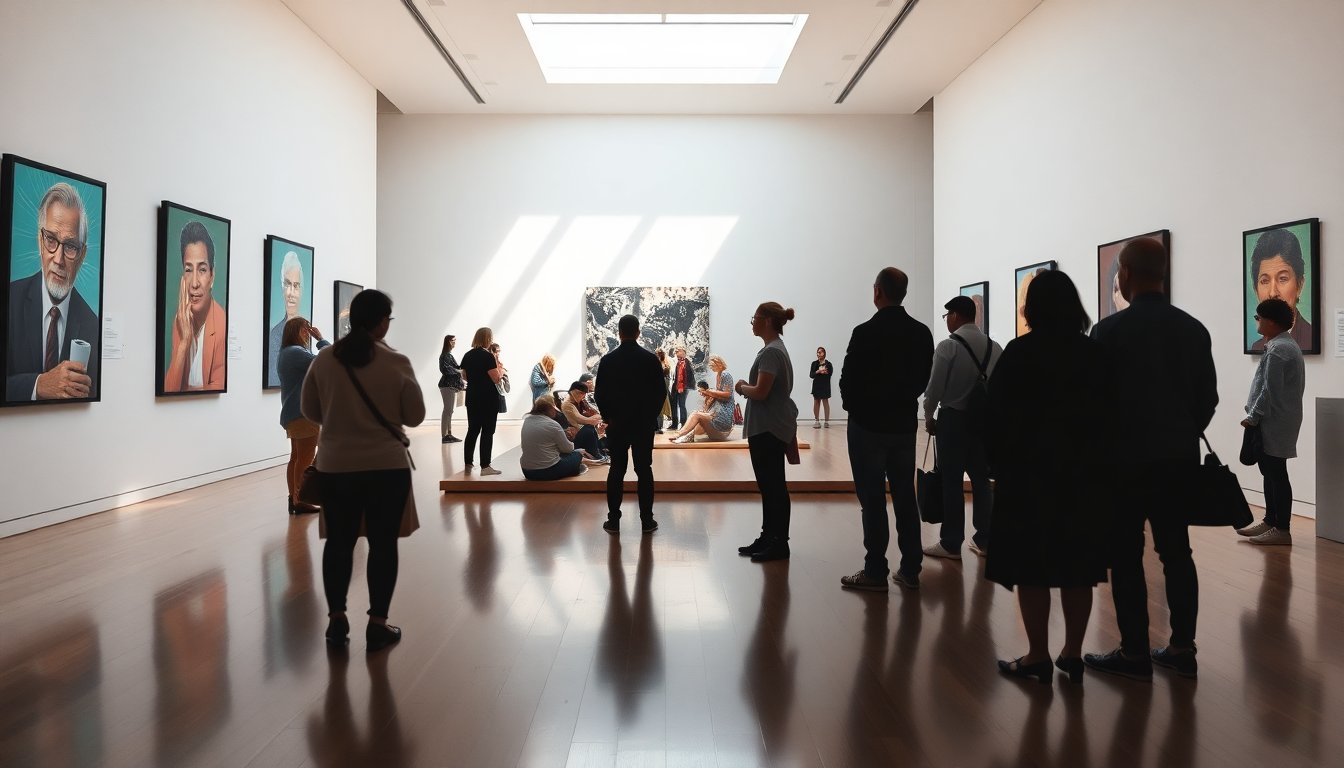Table of Contents
The influence of the Trump administration on cultural institutions, particularly museums, warrants careful examination. The Smithsonian has attracted significant attention, yet governmental pressure affects various museums nationwide that rely on federal funding. This situation raises important questions regarding artistic freedom and the independence of cultural sectors.
The unfolding policies of the Trump administration reveal widespread implications. Concerns have surfaced about how political agendas might dictate the narratives presented in museums. This article explores the consequences of such pressure, emphasizing its potential to transform the landscape of American culture.
The climate of federal influence
Federal funding is essential for the operation of many cultural institutions. Museums that depend on government grants often navigate the fluctuating political climate. The Trump administration’s stance indicates a shift in expectations for these institutions, increasing scrutiny over their portrayal of history and culture.
This trend raises alarms about the preservation of artistic expression and the integrity of historical narratives.
Political agendas shaping narratives
A significant concern regarding federal influence is the risk of political biases shaping the stories told within museum walls. Museums have traditionally served as spaces for education and enlightenment.
However, when funding is tied to specific political viewpoints, the potential for censorship becomes pronounced. This may limit museums’ ability to present a balanced view of history and culture.
For example, exhibits that challenge dominant political ideologies may be vulnerable to alteration or removal.
The fear is that the diverse tapestry of American history, which encompasses a range of perspectives and narratives, could be simplified to conform to a specific agenda. This not only impacts the institutions but also restricts the public’s understanding of their cultural heritage.
The implications for artistic freedom
The pressure imposed by the administration transcends funding; it also intrudes upon artistic expression. Artists and curators may feel compelled to modify their work or exhibitions to meet the expectations of those in power. This could lead to a homogenization of artistic expression, where only government-approved viewpoints are showcased.
Consequences for future generations
The long-term effects of this dynamic could be significant. Future generations may grow up in an environment where access to diverse cultural narratives is restricted. The potential decline in diversity within artistic expression could stifle creativity and discourage new generations of artists from pursuing unconventional ideas. As custodians of culture, museums’ inability to present varied perspectives may have a chilling effect on the broader cultural landscape.
Furthermore, the implications extend beyond museum walls. Educational institutions often regard museums as vital resources for teaching history and culture. If museums reflect a narrow viewpoint, the educational content available to students may also be compromised. This raises critical questions about the quality of education provided to youth in an ever-evolving world.
The need for advocacy
As the Trump administration continues to pressure cultural institutions, it is crucial for arts and education advocates to express their concerns. Museums must operate free from political influence to fulfill their roles as platforms for diverse voices and narratives. Protecting the integrity of cultural institutions is vital to ensuring that future generations have access to a rich and varied understanding of their heritage.
In a time when misinformation and biased narratives can easily dominate public discourse, the role of museums becomes increasingly important. They must remain strongholds of knowledge and cultural exchange, representing all facets of society. The ongoing dialogue about the influence of politics on these institutions is essential for safeguarding the future of American culture.





